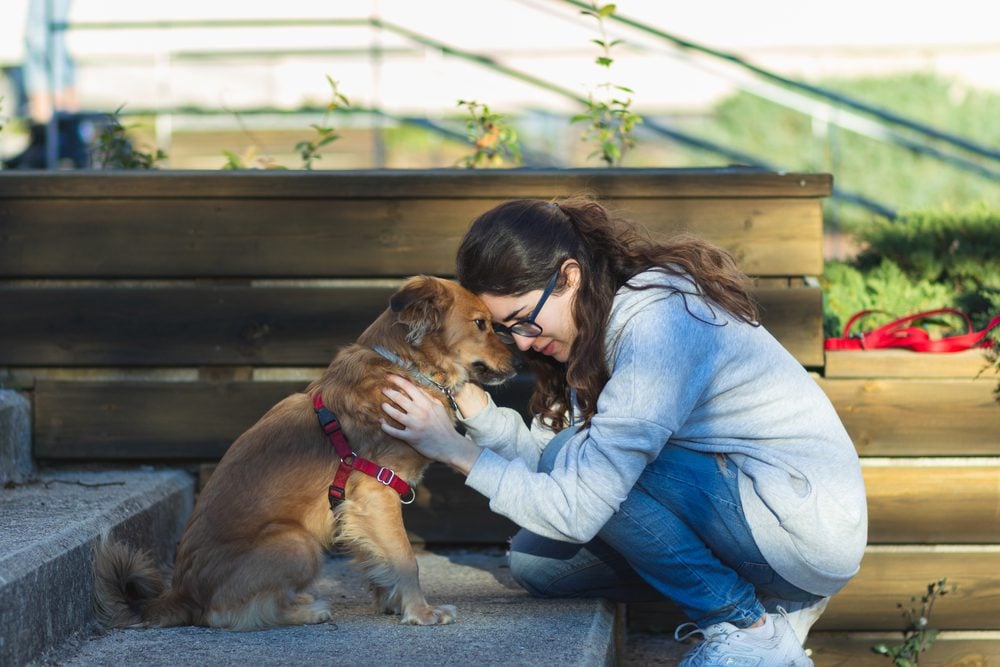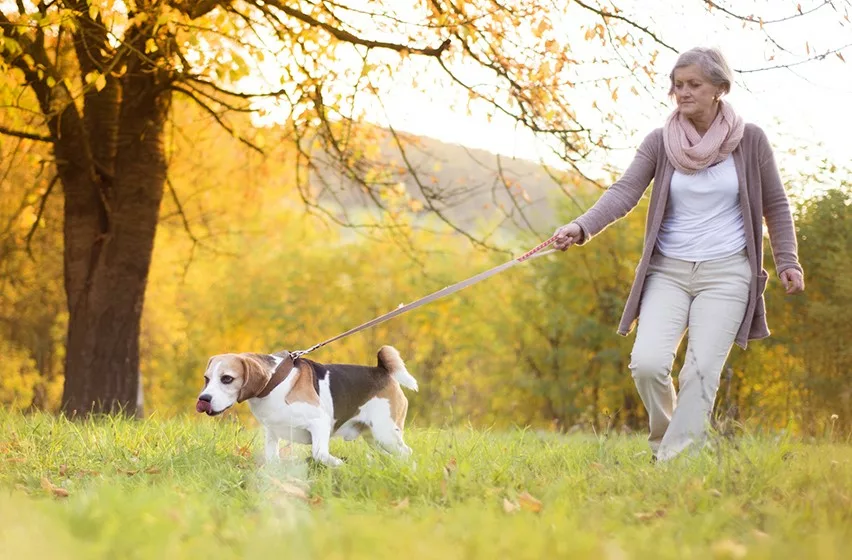
Dog Reactivity Towards Cars: Understanding and Managing
Share
For many health-conscious pet owners, the struggle of managing dog reactivity towards cars can feel all-consuming. It's not just about barking or lunging; it's about the anxiety coursing through your beloved pet. By understanding this behavior, you can take active steps to help your dog feel more comfortable and secure.
Dealing with dog reactivity towards cars involves recognizing the triggers and understanding your dog's specific fears. Cars can appear threatening due to their size, speed, and noise. For some dogs, this blaring presence can turn ordinary walks into stress-inducing events.

Identifying the Triggers of Car Reactivity in Dogs
It is crucial to identify what sets off your dog's reaction. Is it about the car's movement, its noise, or perhaps an association formed in the past? Dive deep into the psyche of your pet, considering signs and symptoms of distress during car encounters. Visit this Training Guide to familiarize yourself with potential behavioral triggers.
Possible triggers for car reactivity include:
- High-speed traffic generating strong winds and loud noises.
- Lack of early socialization with vehicles and traffic noise.
- Fear of being hit or past negative experiences near cars.
Training Techniques to Manage Car Reactivity
Training is pivotal. Take gradual steps to desensitize your dog to car traffic. You may begin by engaging in short, quiet walks around low-traffic areas, gradually increasing exposure. During these walks, use treats and reassurance to build positive associations.
Consulting professional resources such as the AKC's Expert Tips for Dog Training can provide structured and proven strategies. Consistency is crucial in training. Patience and persistence will gradually soothe their nervousness.
Alternative Approaches: Holistic and Medical Interventions
Sometimes training needs to be complemented by holistic approaches. Consider products like anxiety wraps or pheromone diffusers that promote relaxation. Supplements specific to calming can also reinforce a dog's mental well-being.
In severe cases of anxiety, veterinary advice is recommended. Medication can be a short-term aid during desensitization and training phases. Always consult a professional before introducing any new treatments to your pet.
Other behavioral challenges can shed light on handling diverse triggers. Explore methodologies in Dog Barking at Window situations to enrich your management plans.

Building a Safe and Secure Environment
Creating an environment where your dog feels secure is just as critical as any training method. Setting up safe zones, both indoors and outdoors, can also help minimize stressors. Monitor their comfort and make changes as needed.
The ultimate goal is not only to reduce reactivity but to enhance your pet's quality of life. Consider reading more on establishing a relaxed environment in calm settings and understanding the general anxiety triggers shared among pets.
FAQ Section
-
Why does my dog react aggressively to cars?
Dogs may view cars as threats due to their loud noise and rapid movement, often triggering instinctual protective behaviors.
-
Can training help reduce dog reactivity towards traffic?
Yes, consistent training can desensitize your dog to traffic stimuli, helping them maintain calm around vehicles.
-
What professional help should I seek for severe reactivity?
Consult certified dog trainers or veterinary behaviorists to address intense reaction issues. They can provide customized solutions.
This article contains affiliate links. We may earn a commission at no extra cost to you.
